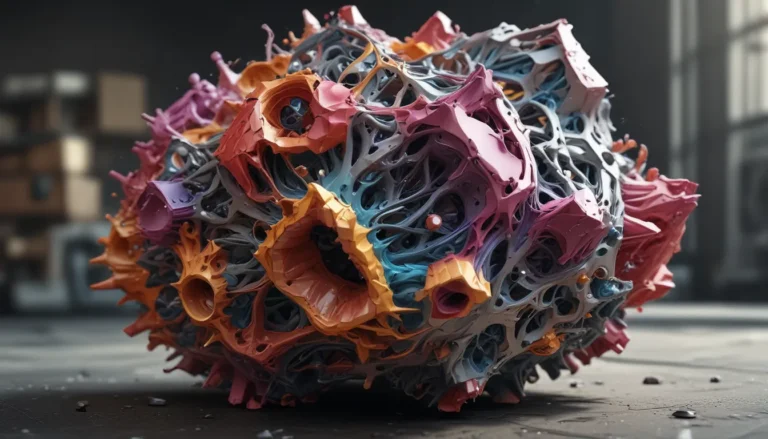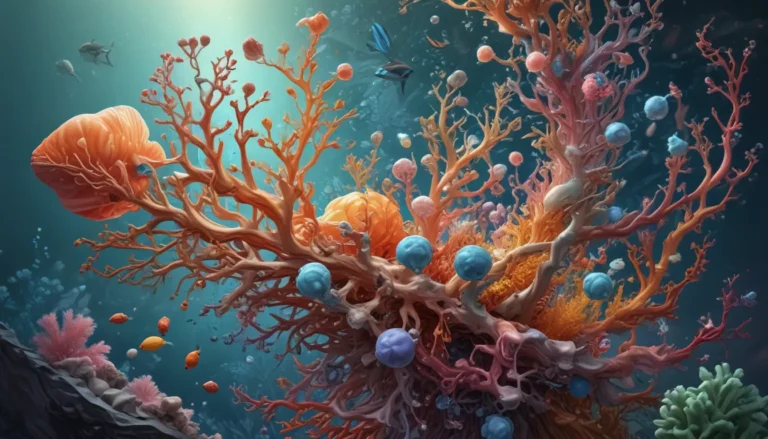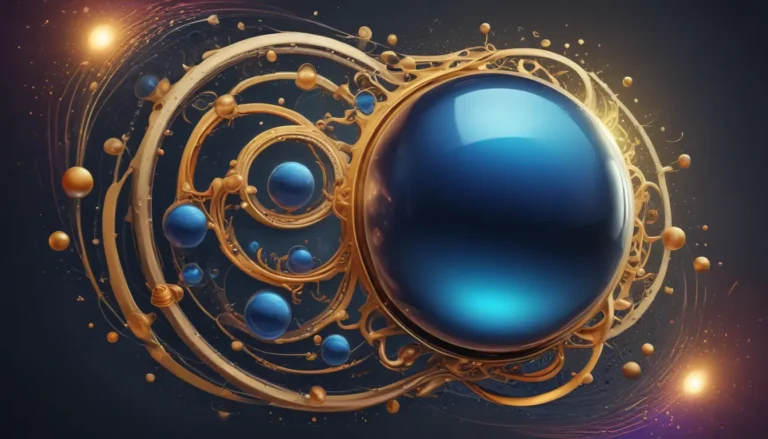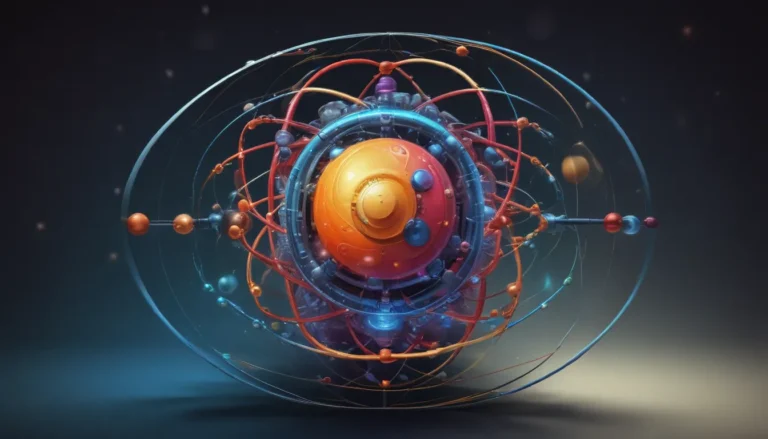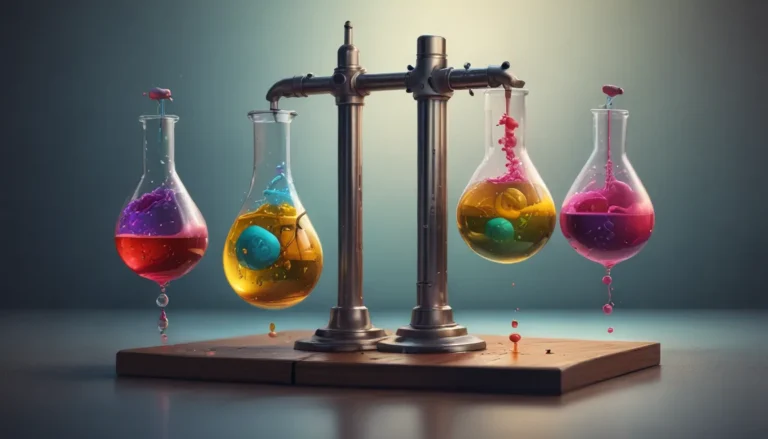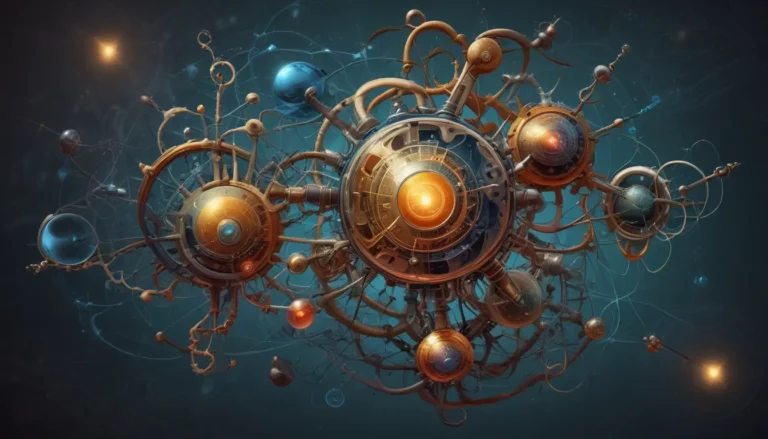A Note About Images: The images used in our articles are for illustration purposes only and may not exactly match the content. They are meant to engage readers, but the text should be relied upon for accurate information.
In the vast realm of chemistry, there exist numerous captivating phenomena and processes that capture the imagination of scientists and researchers alike. One such phenomenon is epitaxy, a powerful technique used in the manufacturing of semiconductors and electronic devices. Delving into the intricacies of epitaxy can shed light on the advancements made in fields such as microelectronics and optoelectronics. In this article, we will embark on a scientific journey to explore 19 surprising facts about epitaxy that will deepen your understanding of this remarkable process and its impact on various industries.
Understanding the Essence of Epitaxy
Epitaxy serves as a crucial process in semiconductor manufacturing, allowing for the growth of thin films of a material on a crystalline substrate. This precise control of film thickness and composition is essential in the production of semiconductors used in electronic devices. By carefully controlling growth conditions, epitaxy produces high-quality crystals with superior structural perfection compared to bulk materials, resulting in improved electrical and optical properties.
Diving Into the Methods of Epitaxy
Various techniques are employed in epitaxy, including vapor phase epitaxy (VPE), molecular beam epitaxy (MBE), and chemical vapor deposition (CVD). Each method offers its own advantages and is tailored to specific applications. Through epitaxy, scientists can create heterostructures by stacking different semiconductor materials to produce structures with unique electrical and optical characteristics.
Embracing Epitaxy in Electronics and Optoelectronics
The significance of epitaxy extends to the development of optoelectronic devices, where epitaxial layers play a crucial role in emitting, detecting, or controlling light. Epitaxy enables the precise tuning of materials for optimal device performance, revolutionizing the field of microelectronics with advancements such as faster processors, higher-resolution displays, and smaller electronic components.
Unveiling Advanced Applications of Epitaxy
Epitaxy finds applications in the production of solar cells, where epitaxial layers enhance light absorption and electron transport to improve overall cell efficiency. Additionally, epitaxial growth can be influenced by strain, leading to unique electronic and optical effects in materials. Some epitaxial processes require high temperatures to ensure proper crystal growth, contributing to the fabrication of integrated circuits with well-controlled, uniform structures.
Harnessing the Potential of Epitaxial Materials
Epitaxial films, whether single crystal or polycrystalline, can be doped to modify their properties and tailor materials for specific device functionalities. With the advent of 2D materials like graphene, epitaxy offers a promising avenue for controlled growth, opening up new possibilities in developing advanced electronic and optoelectronic devices.
Paving the Way for Innovative Technologies
The epitaxial growth of semiconductor materials is essential for manufacturing semiconductor lasers used in various applications such as telecommunications and optical data storage. Epitaxy ensures precise control over the active regions of the laser devices and plays a critical role in the development of quantum well structures with unique electronic properties.
Embracing the Evolution of Epitaxial Processes
Epitaxy continues to evolve, with researchers and engineers refining techniques and developing new materials to push the boundaries of semiconductor technology. The future of epitaxy holds exciting possibilities for even more advanced electronic devices and applications, reflecting a captivating journey through the world of materials science and semiconductor technology.
Unraveling the Mysteries of Epitaxy: FAQs
- What is epitaxy?
-
Epitaxy is the process of growing a crystalline film on a substrate in a controlled manner, aligning atoms or molecules with the existing lattice structure to create a single crystal film.
-
What are the applications of epitaxy?
-
Epitaxy is extensively used in the semiconductor industry for fabricating high-performance electronic devices, as well as in the development of optoelectronic devices like lasers, LEDs, and solar cells.
-
How does epitaxy improve device performance?
-
By growing high-quality crystals with controlled properties, epitaxy enhances device performance by improving carrier mobility, reducing energy losses, and increasing the efficiency of electronic and optoelectronic devices.
-
What are the different types of epitaxy?
-
Various types of epitaxy include molecular beam epitaxy (MBE), metal-organic vapor phase epitaxy (MOVPE), and chemical vapor deposition (CVD), each suitable for specific material systems and applications.
-
What is the future of epitaxy?
- Ongoing research is focused on exploring new materials and deposition techniques, including epitaxial growth on 2D materials like graphene and the development of III-V semiconductor heterostructures for quantum computing, promising exciting advancements in the field.
Embracing Epitaxy’s Impact on Science and Technology
Epitaxy stands as a captivating field that has revolutionized materials science and semiconductor technology, paving the way for the creation of advanced electronic devices with superior performance and functionality. As we delve deeper into epitaxy and its applications, we uncover a world of endless possibilities and innovation, shaping the future of technology with each controlled thin film growth.
As epitaxy continues to drive advancements in various industries and technologies, its potential remains limitless. With a rich history and promising future, epitaxy invites us to explore, learn, and innovate alongside the scientists and researchers who continue to push the boundaries of what is achievable in the realm of semiconductor technology. Let us embrace the wonders of epitaxy and its transformative impact on science, technology, and the world around us.

